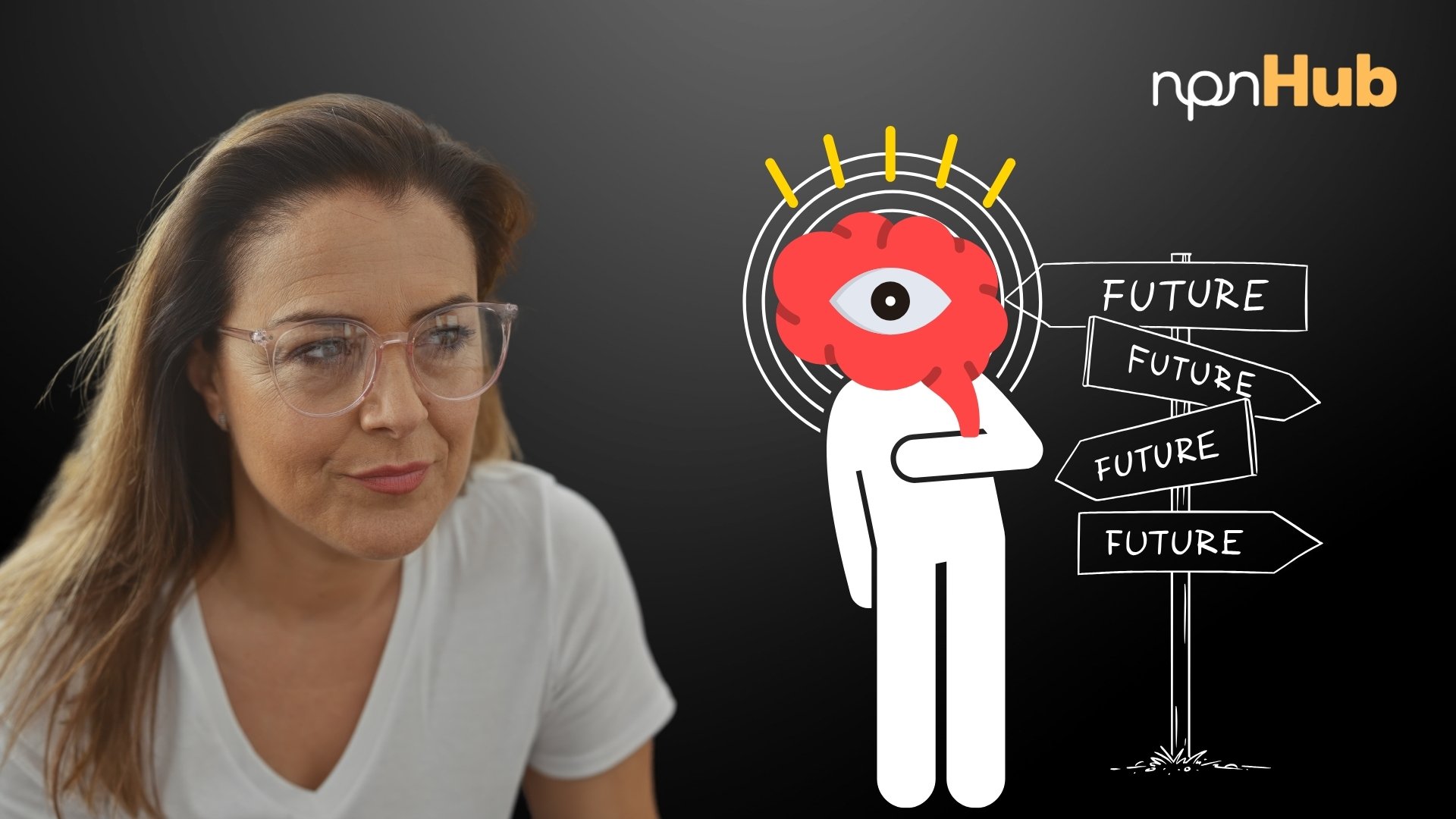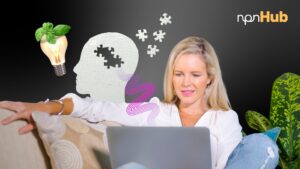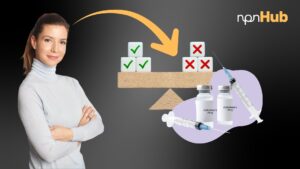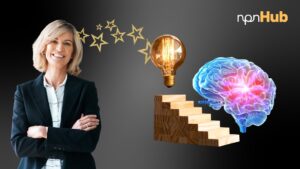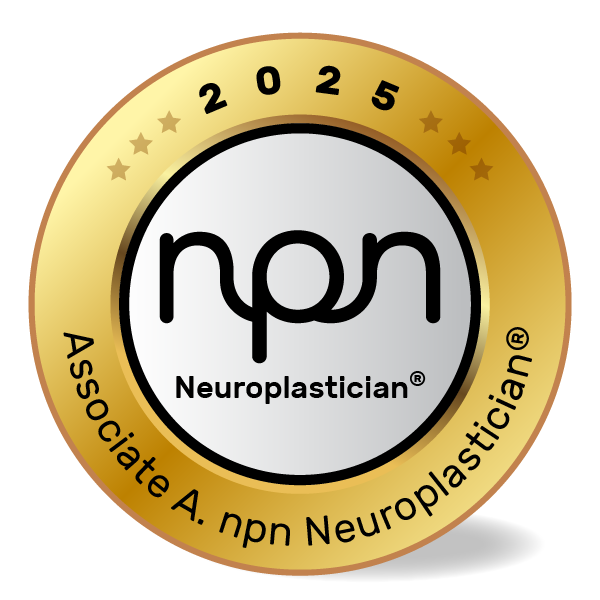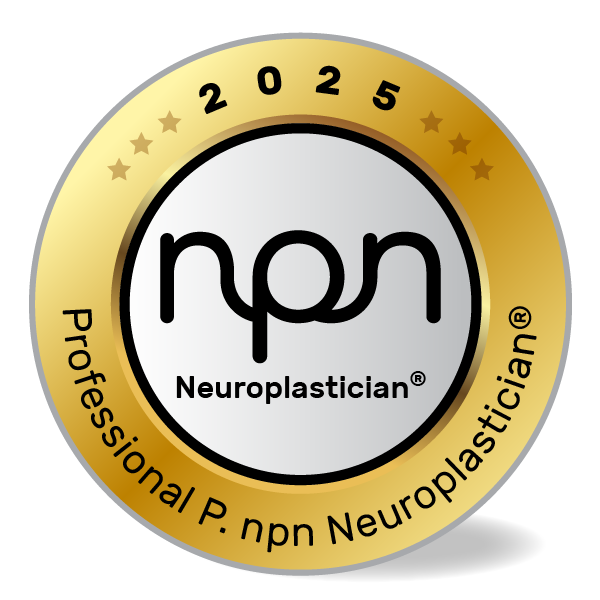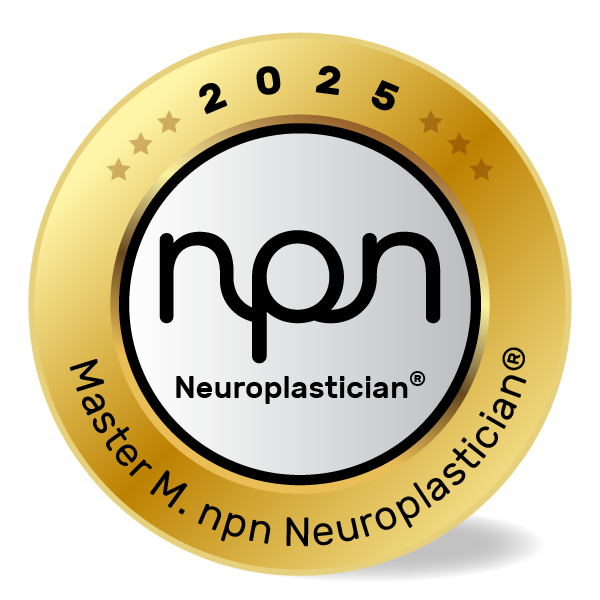From interoception to intuition, brain science is redefining perception and well-being.
npnHub Editorial Member: Dr. Justin Kennedy curated this blog
Key Points
- The “sixth sense” refers to interoception, the brain’s ability to sense the internal state of the body.
- Neuroscience shows interoception influences emotional regulation, decision-making, and well-being.
- Brain regions like the insula, anterior cingulate cortex, and somatosensory cortex play key roles.
- Enhanced interoceptive awareness is linked to better mental health and resilience.
- Practitioners can use mindfulness, body scanning, and neurofeedback to strengthen this “hidden” sense.
1. What is the Sixth Sense?
Imagine a trauma-informed coach noticing that her client pauses when asked about emotions. Instead of pushing forward, she guides the client to close their eyes, notice their heartbeat, and breathe. As the client tunes inward, their posture softens and a quiet insight emerges. “I didn’t realize how anxious I felt until I stopped to listen to my body.”
This moment illustrates the power of the sixth sense – not clairvoyance, but interoception: the brain’s capacity to perceive signals from within the body.
Coined by neuroscientists like Dr. Bud Craig, interoception involves neural pathways that interpret signals like heartbeat, hunger, breath, and internal temperature. Far from mystical, interoception is a scientifically validated mechanism critical for self-awareness and well-being (Craig, 2002).
Research from University College London has demonstrated that individuals with higher interoceptive accuracy tend to have greater emotional clarity and stronger self-regulation (Critchley et al., 2004). Understanding this sixth sense is not just about enhancing perception – it’s about transforming mental health and resilience.
2. The Neuroscience of the Sixth Sense
During a biofeedback session, a well-being practitioner notices her client’s anxiety spike despite calm facial expressions. Using a heart rate variability sensor, they identify a hidden stress response. The client says, “I had no idea my body was this tense.” This feedback becomes the gateway to lasting transformation.
That experience reflects how interoception bridges unconscious physiology and conscious awareness. Brain scans have revealed that the insula cortex – particularly the anterior insula – is central in mapping internal bodily states. The anterior cingulate cortex (ACC) and somatosensory cortex also integrate interoceptive signals with cognitive and emotional interpretation.
According to Dr. Sarah Garfinkel, a leader in interoception research, individuals with anxiety often experience exaggerated interoceptive sensitivity, which can either help or hinder emotional insight (Garfinkel et al., 2016). The key is not just feeling the body – but making sense of it.
These interconnected brain networks allow interoception to influence decision-making, empathy, and even intuition. Practitioners who understand this neurobiological web can help clients cultivate inner clarity and resilience.
3. What Neuroscience Practitioners, Neuroplasticians and Well-being Professionals Should Know About the Sixth Sense
In a wellness retreat, a facilitator asks participants to check in with their “gut feeling” before making a decision. While some respond with clarity, others feel confused or disconnected. One participant, an educator, shares, “I’ve taught self-regulation for years, but I’m just learning to feel my own body.”
This scene is illustrative, but all too common. Interoception is often underdeveloped, especially in individuals who prioritize external performance over internal awareness.
Professionals should recognize that interoception is trainable, yet often misunderstood. Here are common questions:
- How do I help clients differentiate between intuition and anxiety-driven sensations?
- Is interoceptive training only for trauma survivors or relevant for all clients?
- Can improving interoception reduce burnout and emotional dysregulation in high-stress professions?
Misconceptions persist. Some believe the sixth sense is mystical or innate. Others view bodily awareness as unrelated to cognitive work. Neuroscience debunks these myths. Research from the University of Sussex confirms that interoceptive awareness enhances emotion regulation and social connectedness, vital in coaching and therapeutic work (Source).
4. How the Sixth Sense Affects Neuroplasticity
Every time a client practices body scanning or tunes into their breath, neural pathways strengthen in the insula and ACC. This repetition fosters greater sensitivity and regulation, embodying the principle of experience-dependent neuroplasticity.
Research by Dr. Norman Farb shows that mindfulness training increases gray matter density in the insula, enhancing interoceptive precision and reducing emotional reactivity (Source). Meanwhile, trauma can distort these pathways, leading to blunted or hyper-reactive interoception.
Practitioners who help clients build interoceptive awareness are quite literally rewiring the brain. Just like muscle memory, the brain learns to detect subtle signals and respond appropriately. Over time, this strengthens self-agency and resilience, core goals in well-being and performance coaching.
5. Neuroscience-Backed Interventions to Improve the Sixth Sense
Why Behavioral Interventions Matter
Without targeted strategies, interoception often remains underdeveloped. Practitioners must consciously embed this “hidden sense” into client work to unlock its full potential.
1. Interoceptive Journaling
Concept: Daily attention to bodily signals builds ACC and insula engagement (Farb et al., 2015).
Example: A neurocoach asks a client to journal not only what they think, but how their body feels before and after key decisions.
Intervention:
- Guide clients to describe bodily sensations before and after tasks
- Encourage noting tension, warmth, heartbeat, or breath
- Use questions like “Where do you feel that in your body?”
- Review patterns weekly to deepen insight
2. Heart Rate Variability (HRV) Biofeedback
Concept: HRV training increases vagal tone and interoceptive control (Thayer et al., 2012).
Example: A well-being expert uses HRV sensors to show clients how breath affects their nervous system.
Intervention:
- Introduce HRV tracking with mobile apps or sensors
- Train slow diaphragmatic breathing for coherence
- Reflect on how emotional states impact HRV
- Create baseline vs. peak performance comparisons
3. Body Scan Meditation
Concept: Body scanning activates insula and reduces somatic dissociation (Kerr et al., 2013).
Example: A therapist integrates 10-minute scans into anxiety treatment protocols.
Intervention:
- Begin sessions with guided body scan audio
- Invite clients to label sensations without judgment
- Use follow-up journaling for reflective integration
- Track changes in emotional response patterns
4. Somatic Anchoring Techniques
Concept: Anchoring attention to the body supports emotional regulation via the vagus nerve (Porges, 2011).
Example: A coach helps clients anchor to breath or feet during stressful presentations.
Intervention:
- Teach clients to anchor attention to breath or physical sensations
- Use during transitions (e.g., before meetings, after calls)
- Reinforce with cue words like “anchor” or “center”
- Evaluate shifts in stress perception over time
6. Key Takeaways
The sixth sense – interoception – is not mystical. It’s measurable, trainable, and transformational. By strengthening awareness of internal bodily signals, neuroscience practitioners and coaches can help clients regulate emotions, deepen self-awareness, and enhance resilience.
Understanding this sense is a powerful step toward integrating brain, body, and behavior.
🔹 Interoception bridges the body and brain for emotional insight
🔹 Brain areas like the insula and ACC drive awareness and self-regulation
🔹 Neuroplasticity makes this sense trainable with repeated practice
🔹 Interventions like journaling, HRV, and body scans are neuroscience-approved
7. References
- Craig, A. D. (2002). How do you feel? Interoception: the sense of the physiological condition of the body. Nature Reviews Neuroscience, 3(8), 655–666.https://pubmed.ncbi.nlm.nih.gov/12154366/
- Garfinkel, S. N., et al. (2016). Interoceptive dimensions across cardiac awareness, accuracy, and sensibility. Philosophical Transactions of the Royal Society B, 371(1708).https://pubmed.ncbi.nlm.nih.gov/28080971/
- Farb, N. A., et al. (2015). Interoception, contemplative practice, and health. Frontiers in Psychology, 6, 763.https://pmc.ncbi.nlm.nih.gov/articles/PMC4460802/
- Thayer, J. F., et al. (2012). A meta-analysis of heart rate variability and neuroimaging studies. Biological Psychology, 90(2), 125-134.https://pubmed.ncbi.nlm.nih.gov/22178086/
- Kerr, C. E., et al. (2013). Effects of mindfulness meditation training on anticipatory alpha modulation. Neuroimage, 83, 681-690.https://pubmed.ncbi.nlm.nih.gov/21501665/
- Porges, S. W. (2011). The polyvagal theory: Neurophysiological foundations of emotions, attachment, communication, and self-regulation. Norton. https://psycnet.apa.org/record/2011-04659-000

